Safety Best Practices
FirstEnergy Explores Alternatives to PJM Capacity Market
Electrical Hazard Protection
Safety Best Practices

Keeping the Lineman and His Work Site Safe
Line-construction contractors can do their best to train the management, offer safety training and equipment and trust the foremen who are appointed to a job, but it is an inherently dangerous business. Despite all the safeguards, some new linemen say this is what some foremen tell them about safety procedures: “That’s the way you may have learned it in training, but this is how it’s done on the job...”
Training is designed to keep linemen...
Related Articles
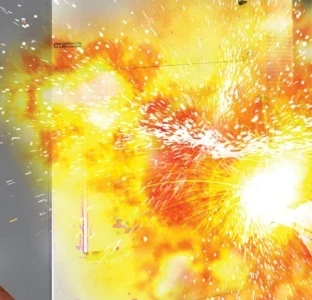
Electrical Hazard Protection
How to reduce dangers while providing preventive maintenance data BY FINLEY LEDBETTER, Group CBS, Inc. While most discussions about avoiding electrical hazards focus on personal protective equipment (PPE), utility workers have a number of ways to protect themselves and their gear, including...
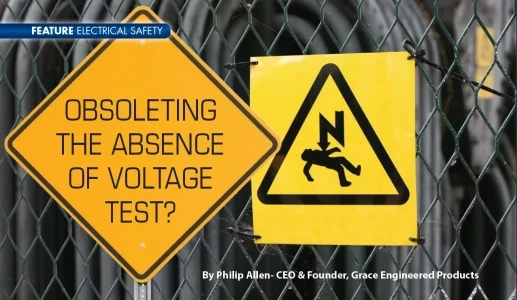
Obsoleting The Absence Of Voltage Test?
For more than a decade, thousands of users have deployed Permanent Electrical Safety Devices (PESDs) to reduce the risks in isolating electrical energy. This elegantly simple innovation increases the probability that workers are only exposed to ‘zero voltage’ when doing an absence of voltage...
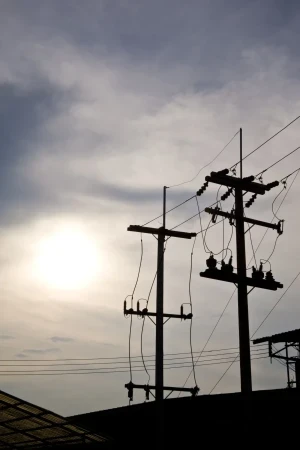
FERC Rejects PJM Transmission Planning Change
The Federal Energy Regulatory Commission (FERC) has rejected a proposal from PJM Interconnection, one of the United States' largest regional transmission organizations, to alter its transmission planning protocol. The decision represents a significant victory for state regulators who had expressed...
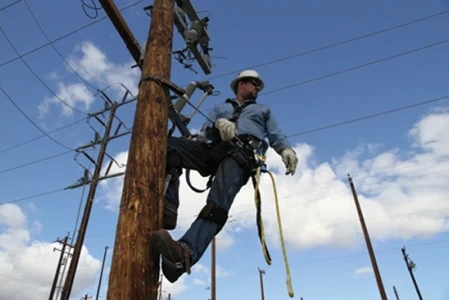
KEEPING PACE WITH SAFETY
Lineman Safety Standards are designed to create a safer work environment for linemen and communication workers. It is an ongoing mission for those of us who serve on the National Electrical Safety Code (NESC), so it’s worthwhile to highlight changes embodied in Part 4 of the recently released...
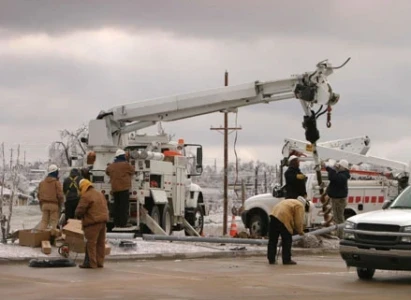
Battery Fires Pose Minor Environmental Risks, ACP Report Finds
Battery fires in large-scale energy storage systems (BESS) have raised concerns, but a recent review by the American Clean Power Association (ACP) found that such incidents pose only minor environmental risks. According to a third-party analysis of U.S. battery fires since 2012, these fires did not...

New York's Path to 8.5 GW of Grid Flexibility by 2040
New York State's transition to a clean, zero-emissions energy grid could include up to 8.5 gigawatts (GW) of grid flexibility by 2040, according to a new report from the Brattle Group. This projection, while contingent on achieving ambitious decarbonization goals, illustrates how the state could...

FERC Complaint Targets Duke, PJM Transmission Planning
A coalition of large energy consumers and ratepayer advocates has filed a complaint with the Federal Energy Regulatory Commission (FERC), urging the agency to prohibit transmission owners from independently planning "local" transmission projects exceeding 100 kilovolts (kV). The coalition argues...

12 Tips to Protect Against Common Lineworker Safety Hazards
Lineworkers face numerous risks daily, from respiratory ailments to electrical hazards. These dangers can result in severe injuries, low blood pressure, bleeding, and vomiting. However, by adhering to established safety protocols, contractors and employers can significantly reduce the likelihood of...

How Dangerous is Linemen Work?
Many occupations pose risks to workers, but few match the dangers that linemen face daily. Linemen play a critical role in maintaining and restoring the power grid, often working in extreme weather conditions, at significant heights, and around high-voltage electrical systems. Their work is...

FERC Rejects PJM Transmission Planning Change
The Federal Energy Regulatory Commission (FERC) has rejected a proposal from PJM Interconnection, one of the United States' largest regional transmission organizations, to alter its transmission planning protocol. The decision represents a significant victory for state regulators who had expressed...
